11 Best Monuments in London
London is full of history and monuments whose beauty is beyond compare. If you go to London you have an obligation to see as many as possible.

London Cityscape | ©Pixabay
London is a city dense with history and architecture. If you go to London, regardless of the season or month, you will be able to appreciate even inadvertently multiple monuments with a lot of art and meaning.
Among the most important monuments in London are those that can only be seen: Big Ben, Tower Bridge, Trafalgar Square and Piccadilly Circus. And those that can also be visited such as: the Houses of Parliament, the Tower of London, St. Paul's Cathedral, Buckingham Palace, and Westminster Abbey.
If you are preparing your list of what to see and do in London, this article will surely interest you.
1. Big Ben

Big Ben is perhaps the most prominent clock in the world and London's most famous landmark. If you think of London you will surely conjure up in your imagination the image of this incredible clock tower next to the Houses of Parliament.
With the construction of Big Ben completed in 1859, the famous four-faced clock has continued to tell the time so accurately for over 150 years without stopping. Today, its iconic architecture does not go unnoticed, even among locals. So if there's one thing you have to do in London, it would definitely be to gaze at this magical tower.
Personal tip: It's a beautiful sight to behold at any time of day. However, there is something magical about seeing the clock face lit up at night! Especially, if you view it from a cruise on the River Thames.
2. Kensington Palace
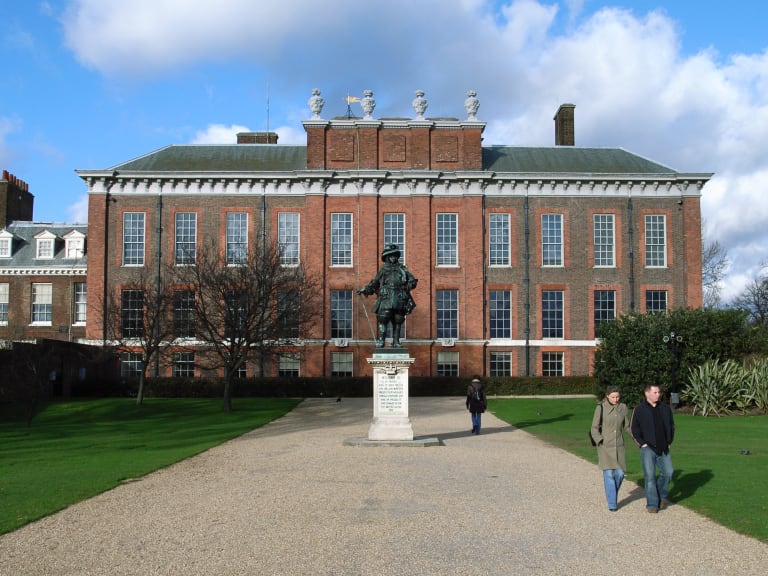
Kensington Palace is one of the historic landmarks of London, England. The palace's famous history began when it was first built in 1605 by Sir George Coppin.
The Palace was the birthplace of Queen Victoria, and today, it is the official residence of the Duke of London and the Duchess of Cambridge. Kensington Palace is a representation of over 400 years of royal history.
You can begin your tour by visiting the Queen's State Apartments. Although many stories about these are not cheerful, there is no denying that they are part of London's history.
You can also spend the day trying to find out how Queen Victoria lived her life by reading her letters and seeing her jewelry and clothing.
3. Houses of Parliaments

Along with Big Ben, the Houses of Parliament are perhaps London's most famous landmark. Known, formally, as the Palace of Westminster, it is the meeting place of the British government; hence its great iconic value, as some of the most important decisions were made and historic agreements were signed inside.
Although it may look many years old, it may actually be older than it is. This is because the original Palace of Westminster burned down in 1834; however, it was rebuilt between 1840-1870 in a Gothic style and on the banks of the River Thames. Moreover, the Great Hall alone is all that remains intact after the tragic fire.
The Palace of Westminster, Westminster Abbey and St. Margaret's Church are considered World Heritage Sites. Many important historical events have taken place inside these three famous buildings over the centuries.
While most are content to marvel at their glorious architecture from the outside, it is also possible to visit the Houses of Parliament from the inside at certain times. Inside you can discover plaques commemorating many famous figures, as well as the impressive architecture of the Great Hall. See the official Houses of Parliament website for more information.
4. Tower Bridge

As one of London's landmarks, Tower Bridge is one of my favorite places to visit in London. Despite being one of the most famous bridges in the world, it is often mistakenly referred to as London Bridge (which is, in fact, the next bridge to the west and rather less interesting).
Built between 1886 and 1894, it has become a city landmark. Today, the bridge remains essential for crossing the Thames. What's more, over 40,000 people cross Tower Bridge every day.
What many people don't know is that the bridge is regularly raised to allow boats to pass! Bridge openings usually occur every day and it's an impressive sight. You can find the times of the listed lifts on the official Tower Bridge website.
For those interested in photography, this impressive landmark offers numerous photographic opportunities for some great shots of London. There is even a small sandy beach tucked away by the river near Tower Bridge for the perfect photograph.
5. The Tower of London
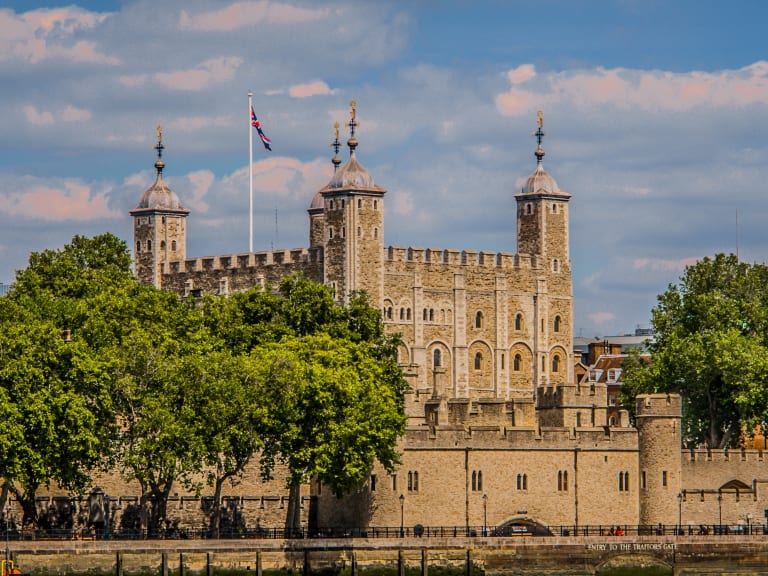
The Tower of London is another UNESCO World Heritage Site. Although there are several beautiful castles on the outskirts, this is the only castle that is actually in the center of London, which is partly why tickets to the Tower of London are among the most sought after in the English capital.
With over 1000 years standing, this historic monument has served many disparate purposes: a fortress, a prison, a royal mint and even a zoo.
Since the 1600s, the Tower has also been home to the royal family's most prized possessions. Today, the Queen's Crown Jewels are still kept there and are guarded by the Beefeaters (ceremonial guardians of the Tower of London). However, the Tower is now also one of London' s most popular tourist attractions along with the Beefeaters. In fact, it is considered the most popular paid attraction in England!
If you want to see everything there is to see inside the Tower of London, see the Crown Jewels and learn more about the history of the Tower of London, ticket prices for the Tower of London start from £25 (29.73 euros). If you're up for this visit, check out this post on where to eat near the Tower of London, you're sure to find it useful!
6. St. Paul's Cathedral

St. Paul's Cathedral is an architectural masterpiece and one of London's most iconic buildings. This magnificent cathedral has been an important part of the London skyline for over 300 years and was the tallest building in London from the time of its completion in 1710 until 1967.
Today it remains one of the most important religiously significant landmarks in London. A walk around the perimeter of this spectacular cathedral will allow you to marvel at its grandeur and impressive exterior. However, it is also worth visiting the interior to explore the peculiarities of St. Paul's.
Once inside this enormous building, you can climb the 528 steps to the top of the dome and enjoy panoramic views of London. You can also explore the crypt, where you will discover the resting places of several of England's heroes and figures, including Christopher Wren, Admiral Nelson and the Duke of Wellington.
If you have a London Pass, one of London's best tourist cards, entryto St Paul's is included. Otherwise, you can buy the pass online and the price is around £17 (20.21 euros).
7. Buckingham Palace
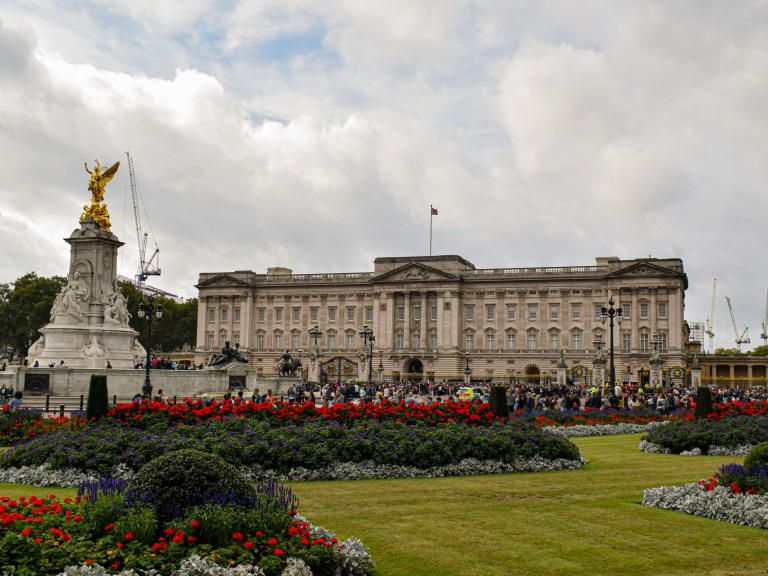
A top 10 list of London landmarks would be incomplete without including the Queen's official residence, Buckingham Palace, and its famous changing of the guard. The impressive architecture is majestic and opulent on a design level with: intricately carved intricacies, gold decorated gates and elaborately uniformed guards.
However, and in case you didn't know! The building was originally known as Buckingham House and was almost to become the British Museum in the 17th century.
Throughout the 19th and 20th centuries it has been expanded and, today, the royal residence has 775 rooms and the largest private garden in London.
If you go to London in the summer, you can take tours of some of the palace's luxurious staterooms. That said, I recommend visiting the Buckingham Palace website for more information, unless you're just looking to take a walking tour with a view of the palace.
8. Westminster Abbey
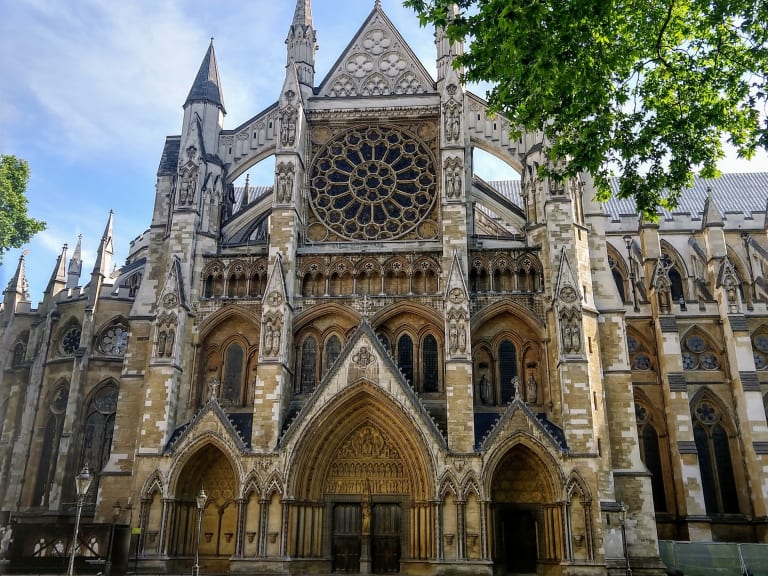
This royal church dates back to 960 AD and is a truly iconic building. It has been the site of many important events throughout its 1000 year history.
Since 1066, Westminster Abbey has been the coronation church of England, as well as the burial place of many previous monarchs. Westminster Abbey has also hosted 16 royal weddings, the most recent being that of the Duke and Duchess of Cambridge in 2011.
If you don't know what exactly to see at Westminster Abbey, I recommend visiting its interior as the grandeur of its Gothic style is much more noticeable from the inside.
Those who wish to visit it from the outside can do so free of charge. However, tourists wishing to visit all the tombs, monuments or the Abbey Museum will require an entrance ticket; therefore, I recommend you to take a look at the Westminster Abbey opening hours and Westminster Abbey prices before starting your visit.
9. Trafalgar Square
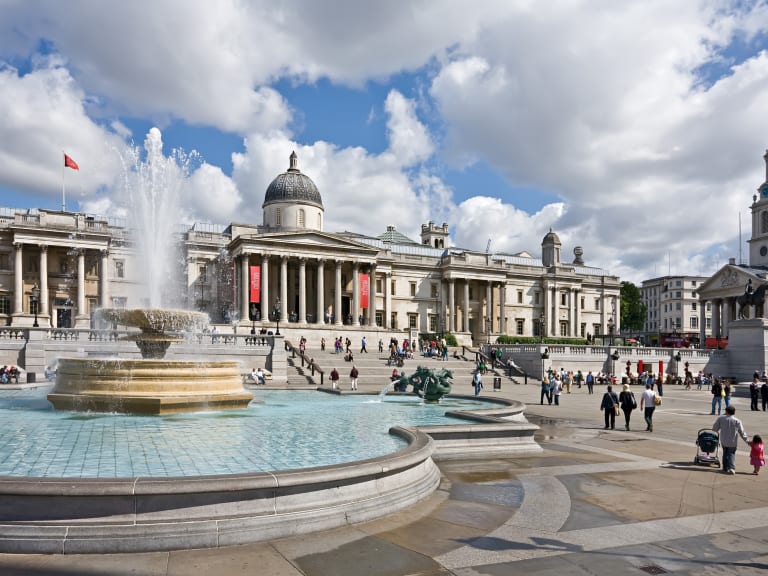
Trafalgar Square has been in existence since the 1200s, when it was used as a courtyard for the King's Mews (horse stables) during the reign of King Edward I.
However, it was not until the early 1800s when Trafalgar Square was transformed into the public square we know today. Its name, given in 1830, serves as a monument to commemorate the Battle of Trafalgar in 1805.
Nelson's Column was added in 1843, paying tribute to the admiral who lost his life during this battle. Then later, in 1867, the four famous bronze lions were created.
Today, Trafalgar Square is surrounded by some of London's major attractions, including the National Gallery. It also hosts many public events throughout the year, from Chinese New Year to London Gay Pride Day.
10. Princess Diana Memorial Fountain

The Princess Diana Memorial Fountain located in Hyde Park was constructed from 545 pieces of Cornish granite, each piece being cast independently. The fountain was built as a memorial to Princess Diana, as the name suggests, and was unveiled in 2004.
The design of the fountain was made to reflect Princess Diana's lifestyle. The water flows from the highest point of the fountain in two directions as it cascades, swirls and then bubbles before flowing into the tranquil pool below - quite a visual treat!
Princess Diana was an outspoken person, so the fountain provides a detailed representation of her character. Seeing the fountain conveys a very peculiar feeling in the viewer Highly recommend your visit!
